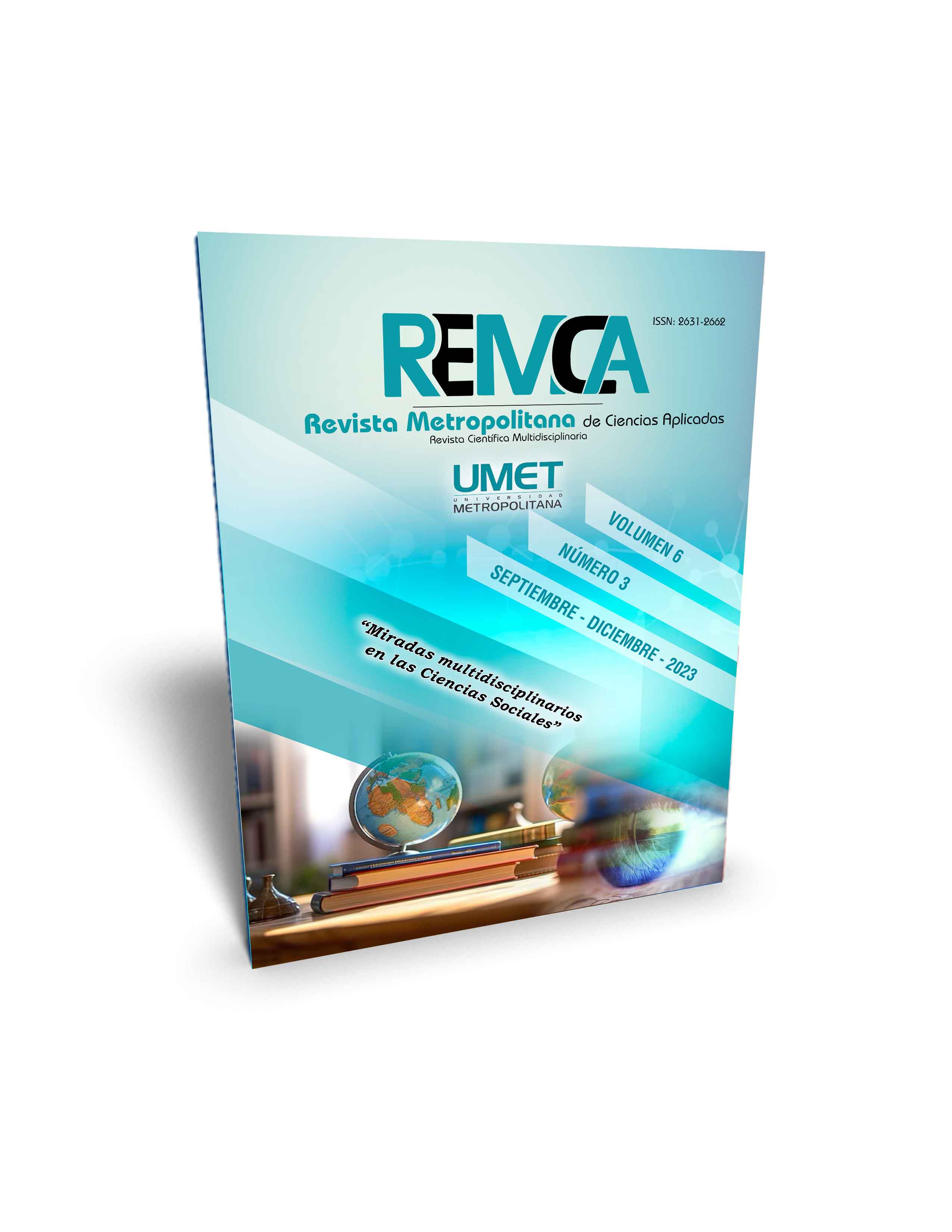Computer system for the control and entry of students and qualifications in schools of Pichincha
DOI:
https://doi.org/10.62452/r84gzt03Keywords:
Evaluations, substantive processes, basic educationAbstract
The investigative work has as its main objective to automate and systematize, through a computer application, the process of enrollment and record of grades of Basic Education schools, for this purpose the research is based theoretically on the educational and computer precepts related to the subject such as the generally accepted Evaluation, Qualification and Promotion of Students. A fourth level programming language as a global trend in developing systems for the public and private sectors. The methodology used in the design of the system was based on the client-server network structure and the MySQL application for data storage management, through the use of forms and OOP object-oriented programming, the realization of the system constitutes a fact of great importance and importance both for the users of the software developed based on the facilities generated by its use as well as for the author of the same based on the great experience that deeply enriched his professional training. The system resulted in the development of a computer product for real use in the educational sector and with a great impact on customer satisfaction and the performance of the employer, for this reason the application of the system at the local, regional and national level is recommended, in addition to the establishment for which it was originally designed.
Downloads
References
Cobo, Á., Gómez, P., Pérez, D., & Rocha, R. (2019). PHP y MYSQL(Tecnología para el desarrollo de aplicaciones web). Díaz Santos.
Date, C. J. (2018). Introducción a los Sistemas de Bases de Datos. Pearson Prentice Hall.
De Dios Murillo Morera, J., & Caamaño Polini, S. (2018). Implementación de un servidor ftp utilizando el modelo cliente/servidor mediante el uso de Sockets en lenguaje C Unix con el fin de mejorar los tiempos de respuesta en la red. Uniciencia, (24), 83 - 89.
García Peñalvo, F. J., & García Holgado, A. (2018). Ingeniería de software I: Tema 5: Introducción al proceso unificado. https://repositorio.grial.eu/bitstream/grial/2537/1/IS_I%20Tema%205%20-%20Proceso%20Unificado.pdf
Microsoft. (2021). Visual Studio Code. https://code.visualstudio.com/updates/v1_63
Muñiz Lobos, E. G., & Torres Gómez-Monte, N. O. (2017). El sistema de calidad del ICID, la documentación de software y RUP. Revista Cubana de Ciencias Informáticas, 1(3), 38-47.
Sánchez Osorio, A. F., & Parra Rativa, L. A. (2019). Sistema de información web para la optimización del proceso. (Trabjo de grado). Universidad Distrital Francisco José de Caldas.
Sparx Systems. (2019). Diagrama de Actividades UML 2. http://www.sparxsystems.com.ar/resources/tutorial/uml2_activitydiagram.html
Truccone, D., & Caivano, R. M. (2017). Utilización de la Web 2.0 para Aplicaciones Educativas en la U.N.V.M (Aplicaciones Informaticas). Universidad Nacional de Villa Maria.
Downloads
Published
Issue
Section
License
Copyright (c) 2023 Tonysé de la Rosa-Martín, Jorge Luis León-González (Autor/a)

This work is licensed under a Creative Commons Attribution-NonCommercial-ShareAlike 4.0 International License.
Authors who publish in Revista Metropolitana de Ciencias Aplicadas (REMCA), agree to the following terms:
1. Copyright
Authors retain unrestricted copyright to their work. Authors grant the journal the right of first publication. To this end, they assign the journal non-exclusive exploitation rights (reproduction, distribution, public communication, and transformation). Authors may enter into additional agreements for the non-exclusive distribution of the version of the work published in the journal, provided that acknowledgment of its initial publication in this journal is given.
© The authors.
2. License
The articles are published in the journal under the Creative Commons Attribution-NonCommercial-ShareAlike 4.0 International License (CC BY-NC-SA 4.0). The terms can be found at: https://creativecommons.org/licenses/by-nc-sa/4.0/deed.en
This license allows:
- Sharing: Copying and redistributing the material in any medium or format.
- Adapting: Remixing, transforming, and building upon the material.
Under the following terms:
- Attribution: You must give appropriate credit, provide a link to the license, and indicate if any changes were made. You may do this in any reasonable manner, but not in any way that suggests the licensor endorses or sponsors your use.
- NonCommercial: You may not use the material for commercial purposes.
- ShareAlike: If you remix, transform, or build upon the material, you must distribute your creation under the same license as the original work.
There are no additional restrictions. You may not apply legal terms or technological measures that legally restrict others from doing anything the license permits.




